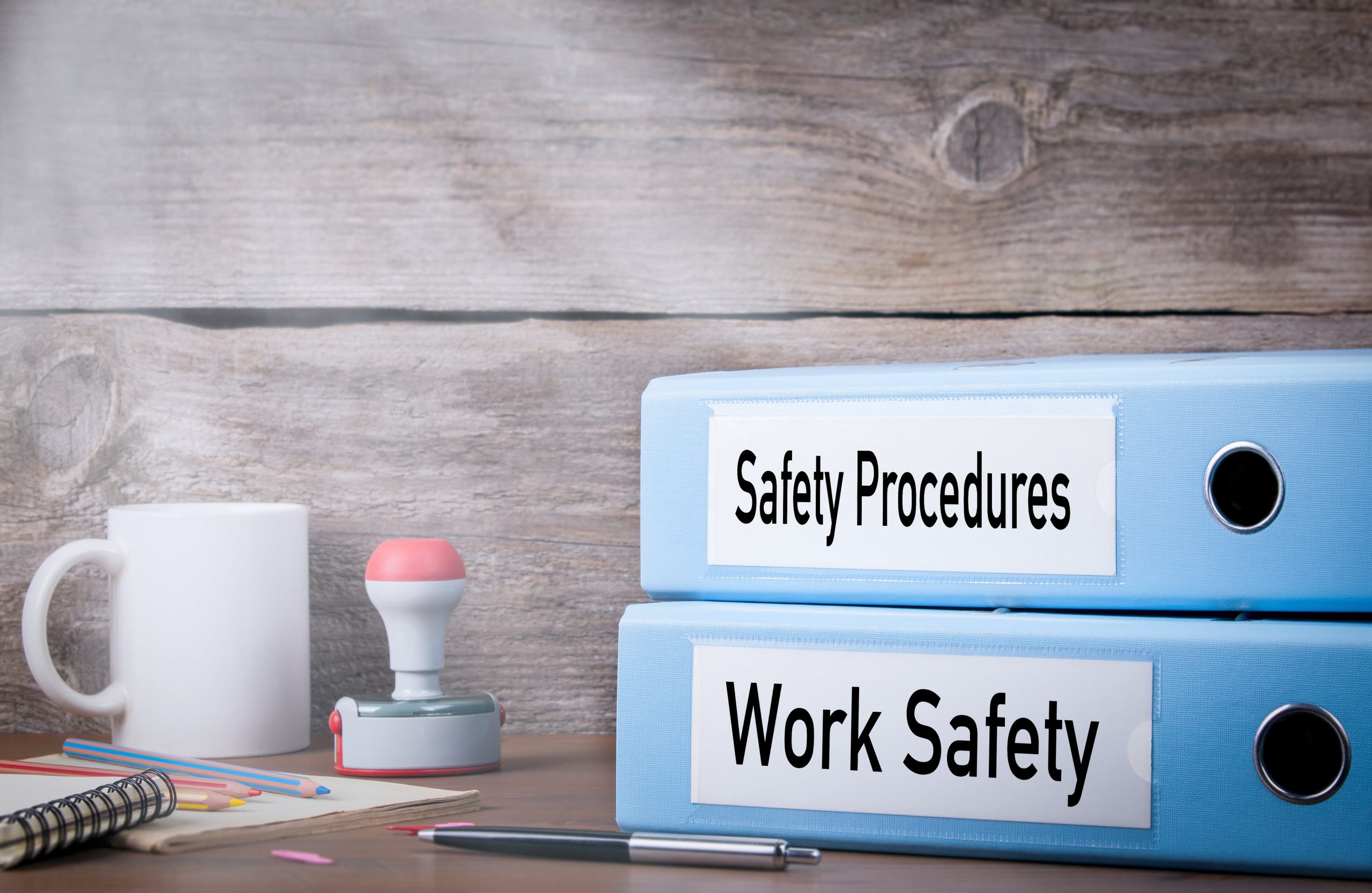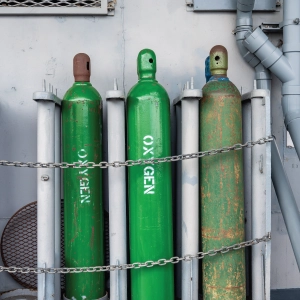Core Elements of a Safety and Health Program

One of the most valuable assets for any organization is its employees. Losing workers to injury or illness can lead to significant disruption as well as an added cost for not only the organization but also the workers’ families. Such events can damage workplace morale, productivity, turnover, and reputation. Implementing a safety and health program can help organizations avoid the indirect costs associated with workplace incidents. In fact, these indirect costs have been estimated to be at least 2.7 times the direct costs.
Safety and health programs foster a proactive approach to finding and fixing workplace hazards before they lead to injuries or fatalities. Doing so avoids the direct and indirect costs of worker injuries and illnesses, and promotes a positive work environment. OSHA recently updated its guidelines for safety and health programs (first released some 30 years ago) to reflect changes in the economy, workplaces, and evolving safety and health issues. The new recommended practices comprise seven (7) core interrelated elements which may be best viewed as part of an integrated system. Let’s look at these briefly now.
Management leadership: Managers at all levels must make safety and health a core organizational value and lead by example. They should establish safety and health goals and objectives, while providing adequate resources and support for the program.
Worker participation: Workers (including contractors and temporary workers) should be involved in all aspects of the program, including setting goals, identifying and reporting hazards, investigating incidents, and tracking progress. Workers should be encouraged to communicate openly with management and to report safety and health concerns without fear of retaliation.
Hazard identification and assessment: Procedures should be put in place to continually identify workplace hazards, evaluate risks and prioritize hazards for control. An initial assessment of existing hazards, exposures, and control measures should be followed by periodic inspections and reassessments, to identify new hazards.
Hazard prevention and control: Employers and workers should cooperate to identify and select methods for eliminating, preventing, or controlling workplace hazards. A plan should be developed to ensure that controls are implemented, interim protection is provided, progress is tracked, and the effectiveness of controls is verified.
Training and education: All workers should be trained to understand how the safety and health program works and the responsibilities assigned to them under the program. Managers, and supervisors should receive training on safety concepts, and their responsibility for protecting workers’ rights and responding to workers’ reports and concerns.
Program evaluation and improvement: Procedures should be established to monitor program performance, verify program implementation, and identify program shortcomings and opportunities for improvement. Necessary actions should be taken to improve the program.
Communication and coordination for host employers, contractors, and staffing agencies: Host employers, contractors, and staffing agencies should commit to providing the same level of safety and health protection to all employees. Before beginning work, all parties should coordinate on work planning and scheduling to identify and resolve any conflicts that could affect the safety or health of employees.
While the action items under each core element are specific, they are not prescriptive. The process described in these recommended practices can, and should, be tailored to the needs of each organization. Organizations may also experience setbacks from time to time. However, it is imperative to learn from setbacks, remain committed to finding out what works best for the organization, and continue to try different approaches. Experimentation, evaluation, and program modification are all part of the process.

 EN |
EN |  ES
ES






























































































































